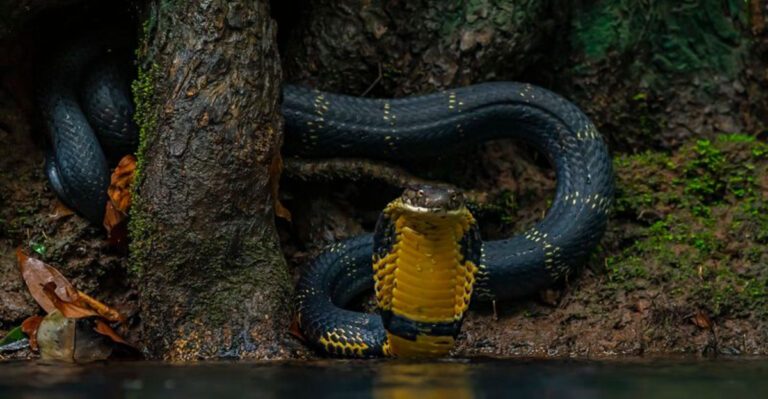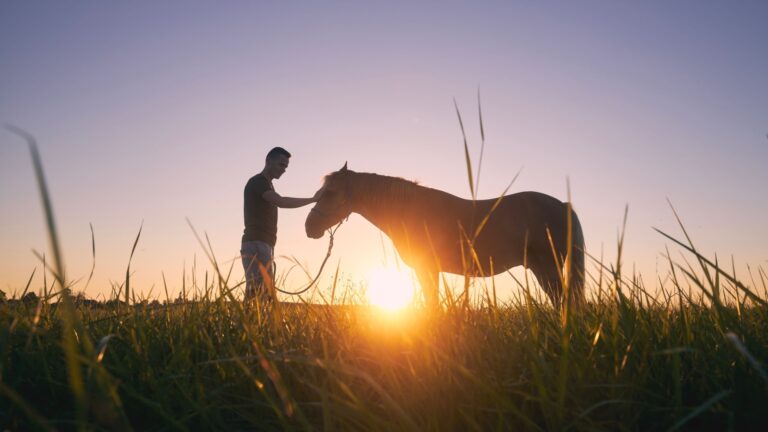What Do Snow Leopards Eat? Food For A Mighty Predator
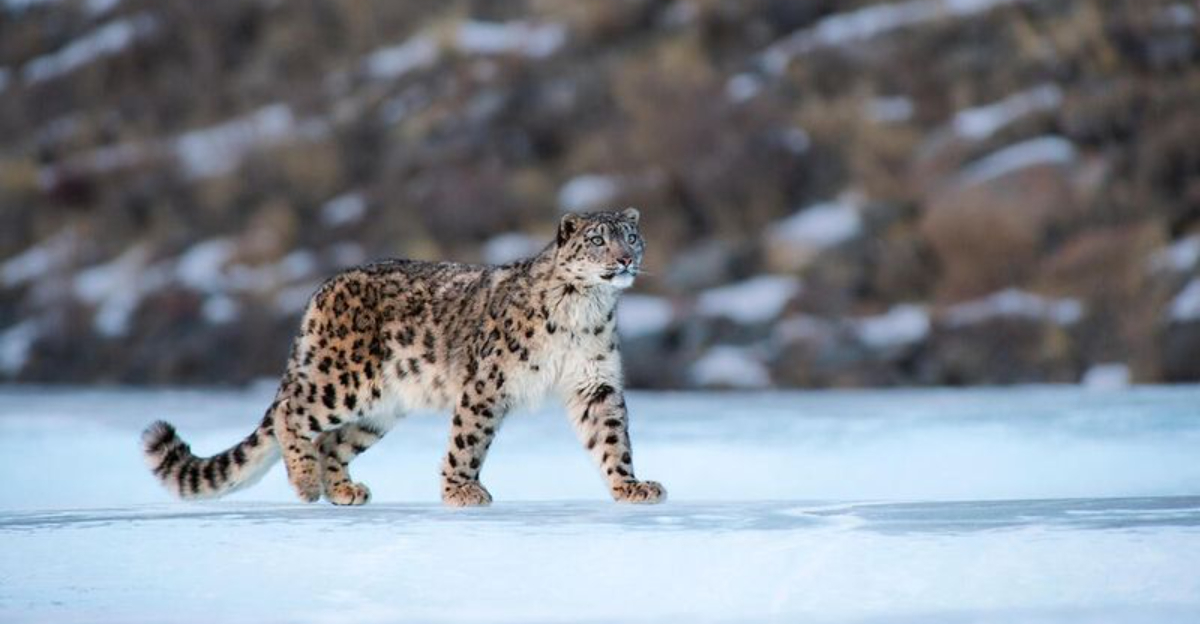
High in the frosty peaks of Central Asia, the elusive snow leopard prowls with silent grace. These stunning big cats with their smoky-gray coats and massive paws are perfectly adapted to hunt in some of Earth’s harshest environments.
While they might look fluffy and cuddly from afar, their diet reveals their true nature as formidable mountain predators.
1. Blue Sheep (Bharal)

Blue sheep make up nearly 60% of a snow leopard’s diet in many regions. These nimble mountain goats provide the perfect protein-packed meal for hungry cats.
Hunting them requires incredible stealth and patience, with leopards sometimes stalking for hours before pouncing from above. A single bharal can feed a leopard for several days!
2. Himalayan Tahr
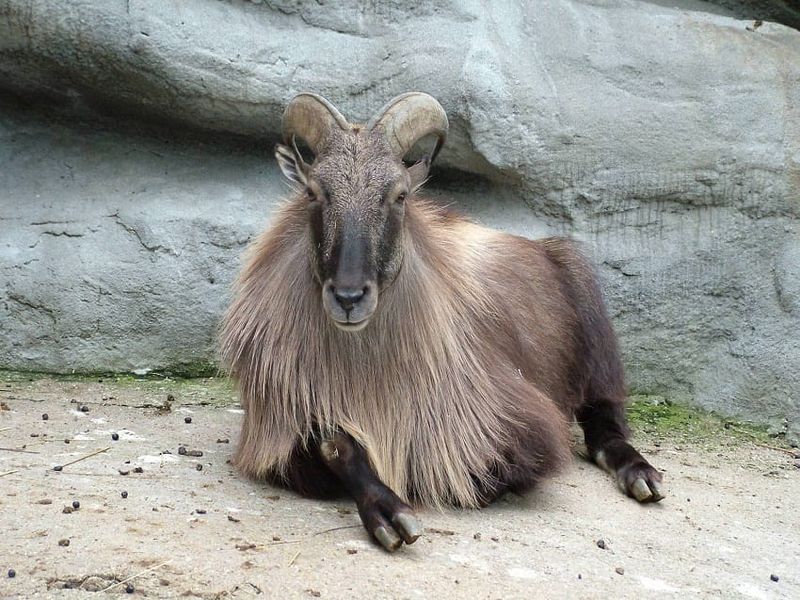
Sporting impressive curved horns and shaggy coats, these wild goats become prime targets during winter months. Snow leopards track them across treacherous slopes where few predators dare to follow.
A successful tahr hunt means a substantial meal weighing up to 200 pounds! The leopard typically drags its prize to a secluded spot before feasting over several days.
3. Ibex

Masters of vertical terrain, ibex with their magnificent curved horns provide hearty meals for hungry snow leopards. These agile cats can pursue ibex up seemingly impossible cliff faces where even eagles hesitate to fly.
Young or injured ibex typically fall prey first. A leopard might spend days tracking a herd before selecting the perfect target for an ambush attack.
4. Marmots
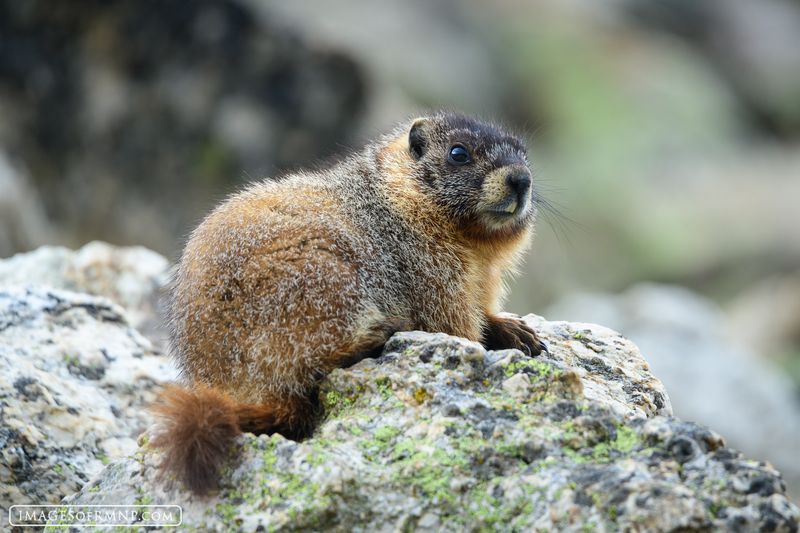
These plump, whistling rodents offer perfect snack-sized meals during summer months. Snow leopards will patiently wait beside marmot burrows, pouncing when the unsuspecting creatures emerge.
Fat reserves make marmots especially nutritious before hibernation season. A single leopard might consume several dozen throughout the warmer months, making these rodents crucial for surviving lean times.
5. Pika

Tiny but numerous, these rabbit relatives provide quick protein boosts between larger kills. Barely bigger than a hamster, pikas require minimal energy to catch but offer limited nutritional payoff.
Young leopards often hone their hunting skills on these small mammals. During summer months, a snow leopard might catch several pikas daily to supplement its diet when larger prey is scarce.
6. Argali Sheep

Wild sheep with massive spiral horns present challenging but rewarding hunts. Argali can weigh over 300 pounds – a jackpot meal that might sustain a leopard for weeks!
Their exceptional vision makes them difficult to ambush. Snow leopards typically target lambs or elderly individuals, using strategic high-ground positions to launch surprise attacks from above.
7. Markhor
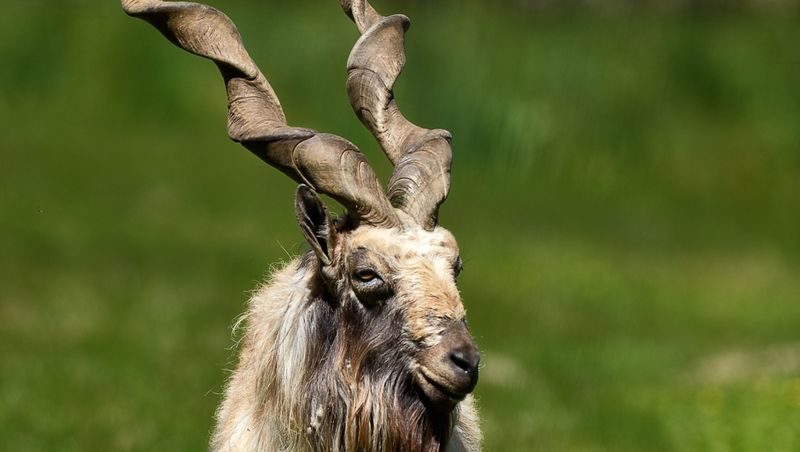
With corkscrew horns and shaggy beards, these wild goats present prime hunting opportunities in Pakistan and Afghanistan. Their remarkable climbing abilities nearly match the snow leopard’s own skills.
Hunts often involve heart-stopping chases across precipitous cliffs. The substantial size of markhors makes them valuable prizes, with a single kill potentially feeding a leopard for up to two weeks.
8. Chukar Partridges
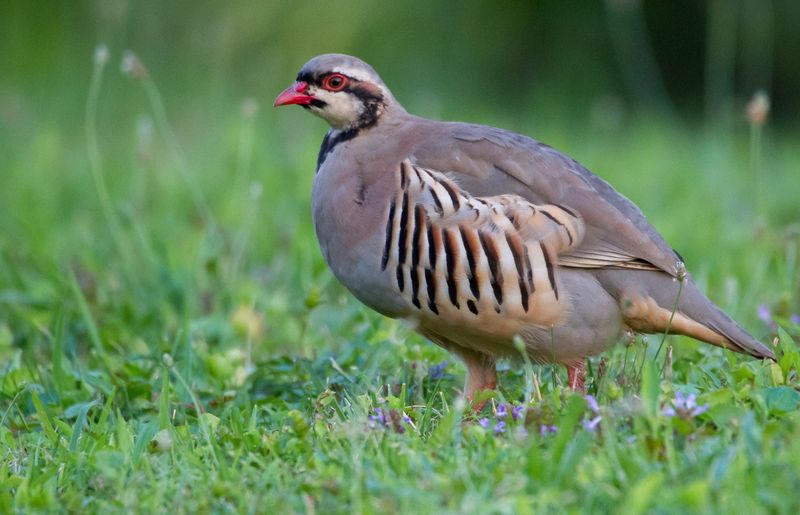
Ground-dwelling birds provide quick, feathery snacks for opportunistic leopards. These plump game birds often forage in open areas where they become vulnerable to ambush.
Snow leopards employ cat-like patience, freezing in position until birds come within striking distance. While not substantial meals, partridges offer vital nutrition during seasonal transitions when larger prey migrates to different elevations.
9. Small Rodents
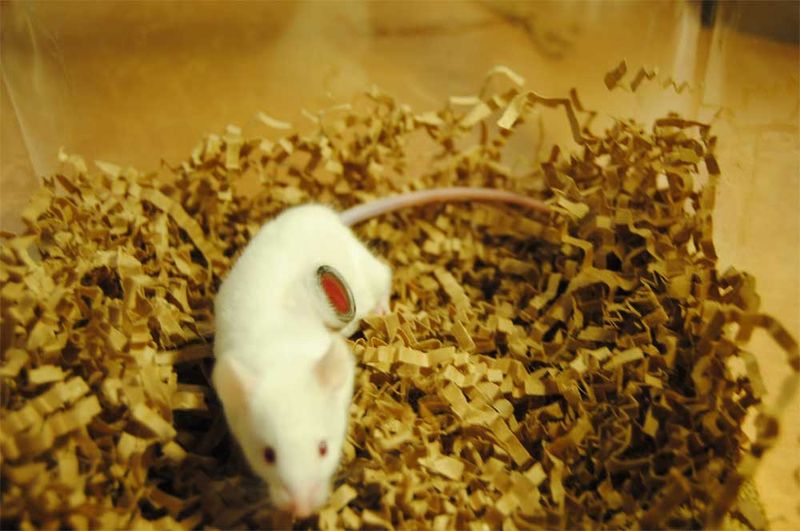
Mice, voles, and other tiny mammals make convenient snacks between major hunts. A hungry leopard won’t ignore these small opportunities when they present themselves.
Though hardly filling for such large cats, rodents provide crucial sustenance during lean periods. Young cubs often learn pouncing techniques by practicing on these small, quick-moving targets before graduating to larger prey.
10. Vegetation And Berries
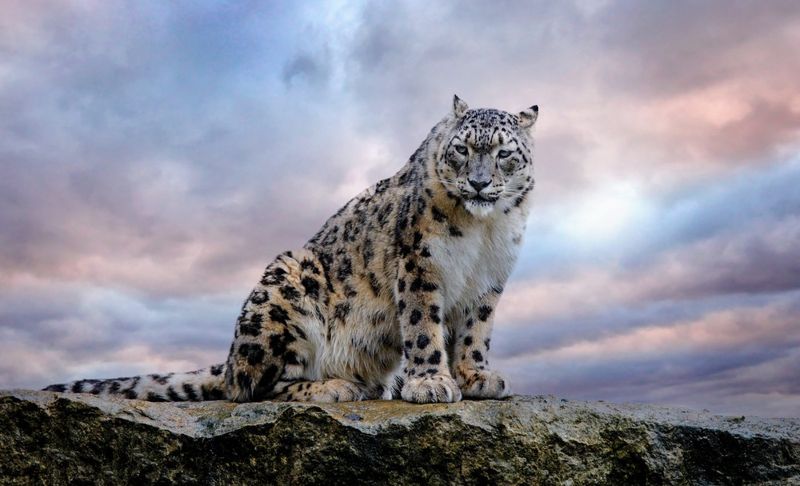
Surprisingly, these mighty carnivores occasionally nibble plants and berries! While not a significant part of their diet, vegetation provides trace nutrients and aids digestion.
Mountain grasses and wild berries might be consumed during summer months. This plant consumption often happens when snow leopards experience stomach issues or need fiber to process bone-heavy meals.
11. How Much Food Does A Snow Leopard Need?
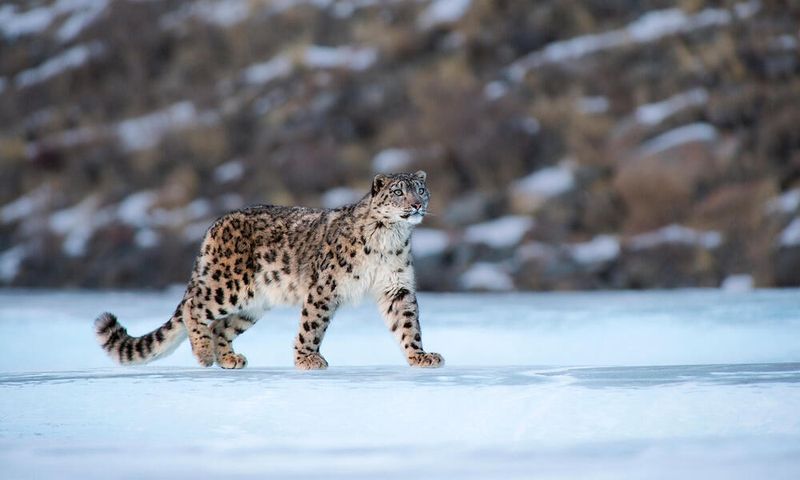
Snow leopards are carnivorous predators that require a substantial amount of meat to survive. On average, they eat around 2 to 4 pounds of meat per day, though they can consume more in one sitting after a successful hunt.
A single blue sheep can provide enough food to last several days. They often store leftovers and return to feed on the same carcass for up to a week.
12. What Hunting Techniques Do Snow Leopards Use?
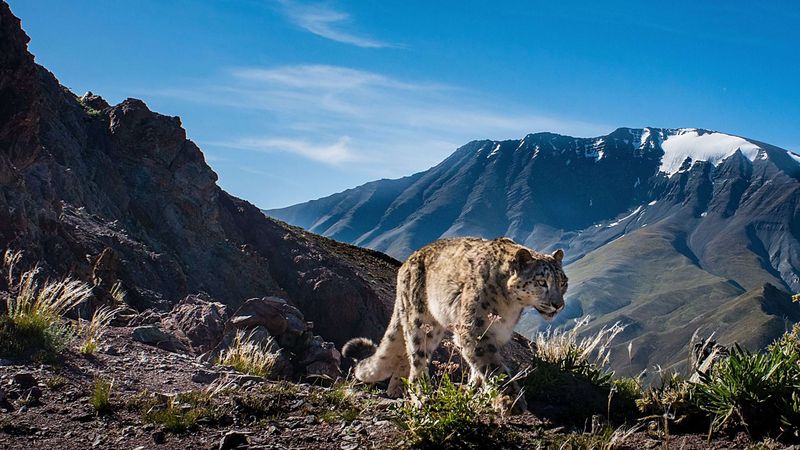
Snow leopards rely on stealth and the element of surprise when hunting. They use rocky terrain and snow cover to stay hidden while stalking prey.
Once close enough, they leap with incredible power, often covering up to 50 feet in a single bound. Their strong jaws and sharp claws make them efficient hunters of mountain goats, sheep, and other mammals.
13. What Do Young Snow Leopards Eat?

Snow leopard cubs begin life by drinking their mother’s milk for the first few months. As they grow, the mother gradually introduces them to solid food.
By the time they are a few months old, they start chewing on small pieces of meat. Cubs rely entirely on their mother for food until they become capable hunters around 18 to 24 months of age.
14. Which Animals Compete With Snow Leopards For Prey?

Snow leopards face competition from other predators in their mountainous habitats. Wolves, lynxes, and large birds of prey can hunt the same animals, especially smaller mammals.
Even humans pose competition through livestock grazing, which reduces natural prey numbers. This pressure often forces snow leopards to adapt or expand their hunting range.


